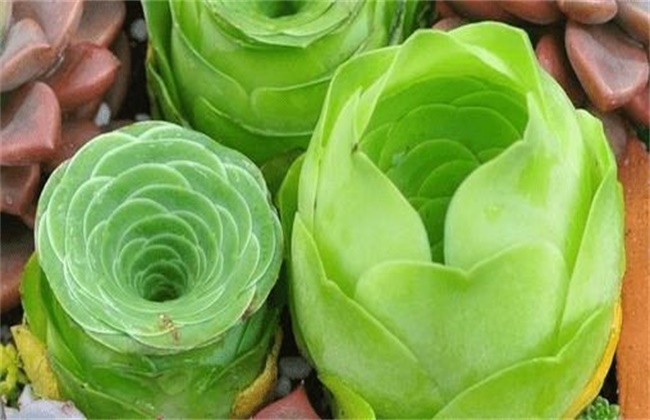Common Diseases of Edible Fungi and Control of miscellaneous bacteria
I. Control of miscellaneous bacteria during the mycelial growth period.
(1) species and characteristics of common miscellaneous bacteria
1. Trichoderma mainly includes Trichoderma viride and Trichoderma koningii, which have strong vitality, propagate and spread quickly, compete with edible fungi for nutrients, and produce toxins to inhibit the growth of damaged hyphae. Trichoderma was gray-white at the beginning of the culture material, and the hyphae were dense, and then gradually turned green from the center to the edge of the colony, forming dark green to dark green powdery conidia.
two。 Alternaria, also known as Neurospora, Saccharomyces cerevisiae, Red Bread Mould, Red fungus. The hyphae of Alternaria alternata are dirty white powder at first, then fluffy, the hyphae are fine and loose, light in color, and grow very fast. A large number of pink or orange conidia were produced on the aerial hyphae, and the conidia rushed out of the bottle (bag) in the shape of steamed bread-like red colonies. The temperature of the infected bottle (bag) rises, resulting in the smell of alcohol.
Streptomyces competes for nutrients and air of edible fungi and produces toxins that inhibit the growth of edible fungi.
3. Aspergillus also often occurs at the stage of seed production and bag cultivation of edible fungi. The hyphae are gray and loose at the beginning, and spores are formed at the top of the aerial hyphae. According to the color of the spores, they are divided into "Aspergillus flavus" and "Aspergillus Niger".
Aspergillus has strong growth and fecundity, competes with edible fungi for nutrients, secretes toxins to inhibit and kill the hyphae of edible fungi.
Related
- Fuxing push coffee new agricultural production and marketing class: lack of small-scale processing plants
- Jujube rice field leisure farm deep ploughing Yilan for five years to create a space for organic food and play
- Nongyu Farm-A trial of organic papaya for brave women with advanced technology
- Four points for attention in the prevention and control of diseases and insect pests of edible fungi
- How to add nutrient solution to Edible Fungi
- Is there any good way to control edible fungus mites?
- Open Inoculation Technology of Edible Fungi
- Is there any clever way to use fertilizer for edible fungus in winter?
- What agents are used to kill the pathogens of edible fungi in the mushroom shed?
- Rapid drying of Edible Fungi



